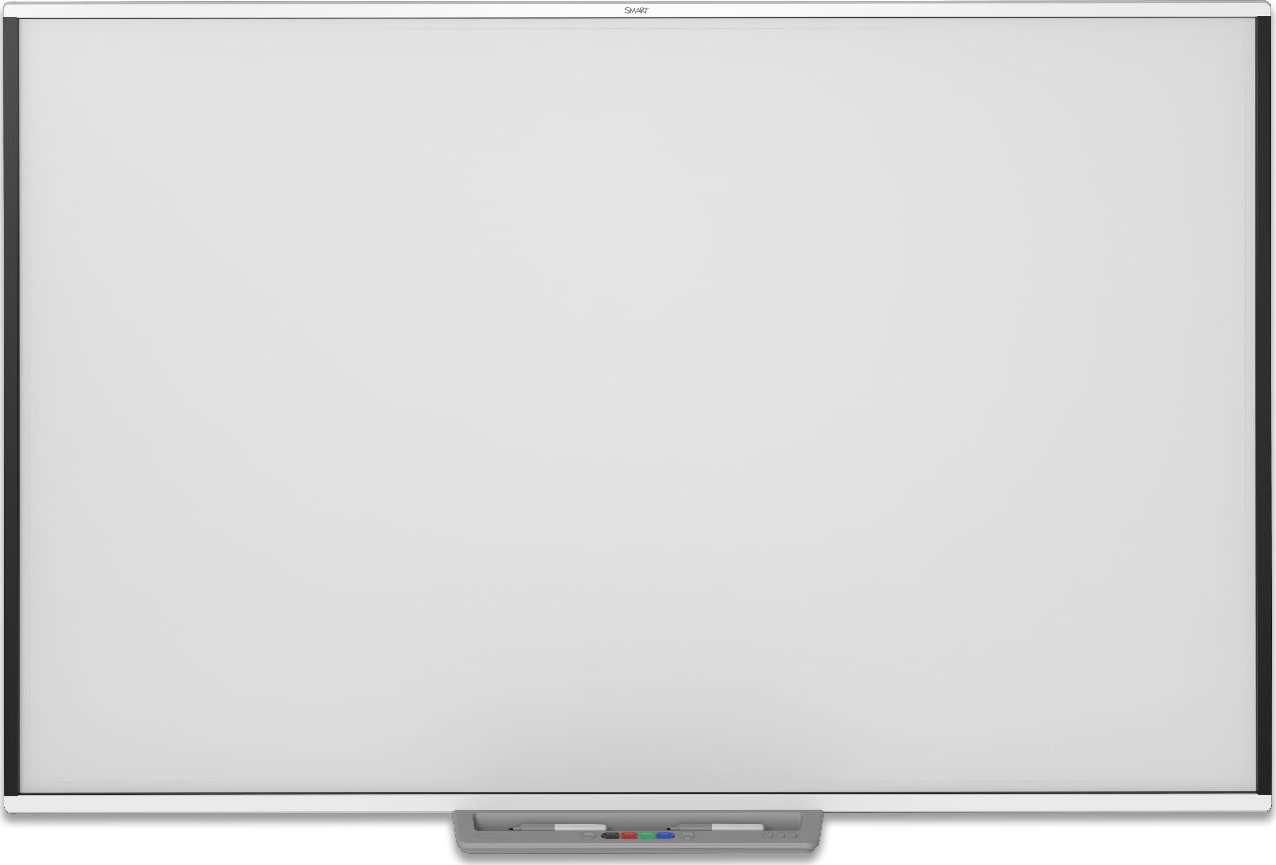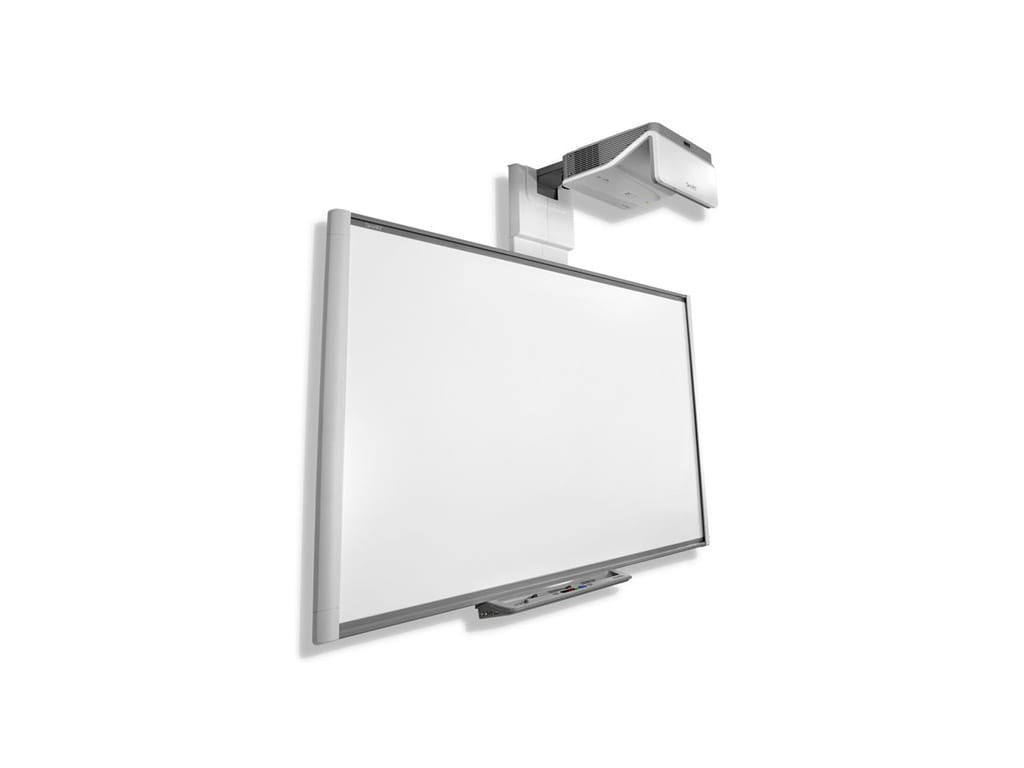Smartboard technology is revolutionizing the educational landscape by offering interactive and dynamic learning environments. As an upgrade to the traditional whiteboard or blackboard, smartboards provide teachers with a plethora of tools to enhance lesson delivery and student engagement. This article examines the impact of smartboards on classroom dynamics, the benefits of their use for teaching and learning, methods for integrating them into daily lessons, and the future implications of this technology in education.
Enhancing Interactivity in Learning
Brings Lessons to Life
Smartboards make learning vivid and visceral through their touch-sensitive displays that allow teachers and students to manipulate and interact with content directly on the screen. With the ability to zoom in on details, highlight key points, and organize information visually, these boards turn standard lessons into immersive experiences. Such capabilities capture students’ attention and often lead to improved comprehension and retention.
Fosters Collaborative Class Engagement
Smartboard technology encourages collaboration among students. With multiple touch points, students can work together at the board, contributing to group activities or building projects in real-time. This enhances teamwork skills and ensures that classes are more participative rather than passive. The interactive display acts not just as a teaching aid but also as a hub of student activity, fostering a more connected classroom environment.

Streamlining Teaching Methods
Diverse Teaching Resources at Fingertips
Smartboards grant immediate access to a wide array of teaching materials, unrivaled by traditional boards. Teachers can pull up multimedia resources, including videos, images, and audio, to complement the teaching material. Digital connectivity allows for quick access to information from the internet, educational software, and various digital platforms. This seamless integration of resources makes lesson planning more efficient and effective.
Simplifies Record-Keeping and Material Distribution
The smartboard technology makes it simple to save and distribute the content used during the lesson. Instead of erasing the board, teachers can quickly save their notes or diagrams to a computer and then share them with students digitally, ensuring that learners can review the material at any time. This helps students who absent or need to revisit the lesson for better understanding.

Implementing Smartboards in Daily Curriculum
Training Teachers for Technological Integration
To fully harness the potential of smartboards, it is crucial for teachers to receive proper training. Familiarizing educators with the technical aspects and the variety of functions available on the smartboard can lead to more innovative and engaging lesson plans. Professional development workshops and tutorials can aid in building confidence among teachers to explore the technology’s capabilities.
Developing Interactive Lesson Plans
The transition to smartboard-based teaching requires a shift in lesson planning. Educators can design more interactive lessons that require student participation at the board. Interactive quizzes, digital storytelling, and virtual field trips are just some ways educators can incorporate smartboard technology into their daily teaching. In turn, students benefit from hands-on learning experiences that promote active thought and problem-solving.

Looking Ahead: The Future of Classroom Technology
Keeping Pace with Advancements
As technology continues to advance rapidly, smartboard technology will likely evolve and offer even more features that can transform teaching and learning. Future smartboards might include virtual and augmented reality capabilities, providing students with 3D learning experiences that could expand the walls of the classroom to virtually anywhere in the world.
Preparing Students for a Digital Future
Integrating smartboard technology in classrooms not only enhances education but also prepares students for a future increasingly dependent on digital literacy. The use of smartboards acquaints students with the kind of technology they will encounter in higher education and the workplace. Early exposure ensures that they become proficient in using technology to research, process information, and present their work in a digital format.

Cultivating Interactive Learning Environments
Engaging Students with Dynamic Content
Smartboard technology takes student engagement to new heights by turning lessons into interactive journeys. With features like touchscreen controls and digital annotations, students no longer sit passively but rather participate actively in the educational process. Educators can design lessons that require students to come up to the board to solve puzzles, work out equations, or navigate through interactive maps. This level of interaction keeps students focused and eager to participate, making learning a dynamic and collaborative experience.
Customizing Teaching Approaches
The flexibility of smartboards allows teachers to tailor their teaching styles to meet the diverse needs of their students. Visual learners can benefit from graphic organizers and videos, while kinesthetic learners can engage with drag-and-drop activities. Smartboards also cater to auditory learners through audio features and to reading/writing learners by allowing easy access to digital texts. By accommodating various learning preferences, smartboards help create an inclusive classroom where every student has the opportunity to thrive.

Creating a Dynamic Education Environment
Adoption and Adaptation are Key
Success with smartboard technology in the classroom depends on both the willingness of educational institutions to adopt the technology and the ability of teachers to adapt their instructional approaches. Once a school makes the initial investment in smartboards, the focus must shift towards effectively integrating them into everyday classroom activities. This requires educators to rethink their approaches to lesson delivery, moving away from being the sole source of knowledge and towards facilitating an environment where students can actively participate and take charge of their learning journey.
Interactive Tools Shape Rich Discussions
Interactive features of smartboards, such as drawing tools, multimedia integration, and real-time collaboration, pave the way for richer class discussions. Teachers can mark up texts, annotate images, and highlight important parts of videos, all of which can ignite thoughtful classroom dialogue. This visual and tactile enlargement of concepts helps all students, especially visual learners, grasp complex ideas more tangibly. With students’ increased engagement, classes become less about passive reception of information and more about critical analysis and discourse.
Bridging Gaps in Accessibility and Inclusion
Ensuring Access for Every Learner
Smartboard technology also has the potential to bridge gaps in accessibility, making learning more inclusive. These boards support assistive technology features that enable students with disabilities to participate alongside their peers. Features like screen magnification, voice recognition, and touch interface design give students with differing needs the ability to engage with the material in a manner suited to them. By including these learners, smartboards can help create a classroom that truly caters to a diverse student population.
Personalizing Learning Experiences
One of the greatest strengths of smartboard technology is its ability to personalize education. Programs and applications used in conjunction with smartboards can be adapted to fit individual learning styles and paces. Teachers can set up learning stations where students rotate to different smartboards in the classroom, each presenting tailored activities to meet specific educational objectives. This allows for differentiated instruction, where students can work at their skill levels and teachers can track progress individually, ensuring that no student is left behind.
In conclusion, smartboard technology is a powerful educational tool with the potential to significantly enrich the teaching and learning experience. It offers interactive and engaging ways to present information, supports collaborative work, and streamlines educational processes. As educators become more adept at incorporating this technology into their teaching methods, and as smartboards continue to evolve, the modern classroom will undoubtedly become an even more dynamic and transformative space for students and teachers alike.
